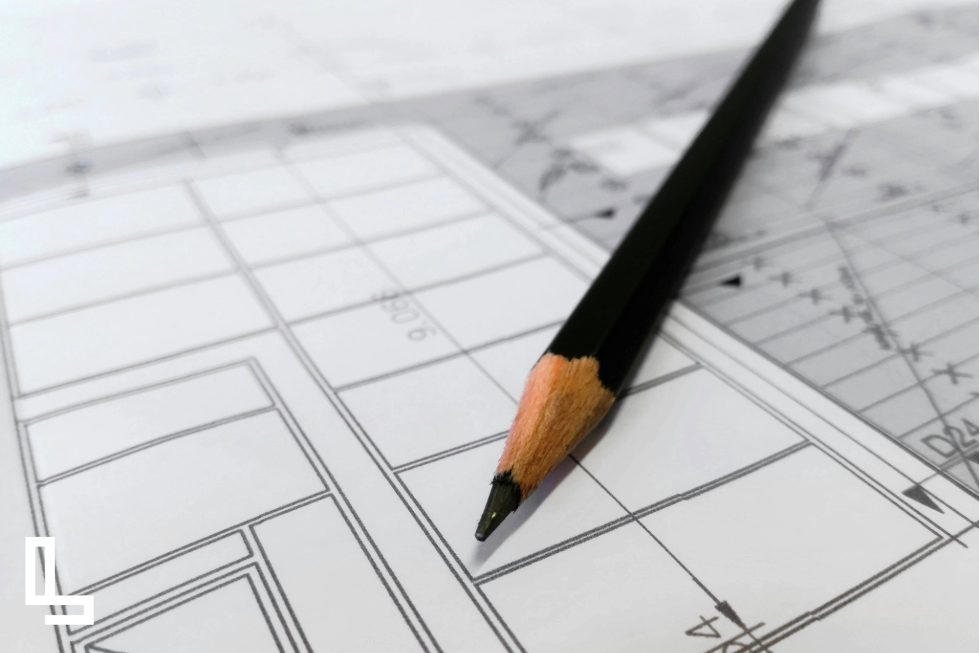Why You’re Really Working Weekends (And How Better 3D Modeling Systems Fix It)
This isn’t about dedication or work ethic. You’re not here because you love working weekends. You’re here because your workflow is broken, and nobody taught you how to fix it.

Work
The Real Reason You Can’t Leave Work at Work
You’re constantly switching between 2D and 3D, and nothing connects properly.
Think about your typical design revision process. You update the floor plan in 2D. Then you jump to your 3D model to make the same change. Then you export to your rendering software. Then you realize the materials don’t look right. Back to the model. Back to the render. Meanwhile, your sections are still showing the old design, and you haven’t even started updating the schedules yet.
Most 3D modeling courses never address this fundamental disconnect. They teach you how to model. They show you rendering techniques. They demonstrate documentation standards. But the part that actually determines whether you’ll be working on Sunday gets glossed over or ignored completely.
The Missing Link Nobody Teaches
The solution isn’t working faster or getting better at juggling programs. It’s setting up your families properly from the start for BOTH documentation and rendering.
This means that when you place a wall in Revit, you’re not just drawing a line that will become a wall. You’re placing an intelligent element that needs to know how to behave in plan views, sections, 3D views, schedules, AND rendering environments. Most people set up their families, focusing solely on documentation. They end up wondering why their rendering workflow is such a nightmare.
Let’s take a window family, for example. In documentation, you need it to show the right line weights, display proper swing directions, and appear correctly in schedules. But for rendering, that same window needs accurate geometry, proper material assignments, and realistic glass properties. If you only think about one side of this equation, you’ll always be playing catch-up on the other.
The professionals who leave on Friday and don’t think about work until Monday have figured out that a proper family setup eliminates 90% of coordination headaches. Their walls carry information about finishes that translate directly to render materials. Their windows include both technical specifications and visual properties. Their floors understand both structural requirements and surface appearances.
Setting It Up Once, Setting It Up Right
SLet’s walk through what proper setup actually looks like, using a typical residential project as an example.
When you create that exterior wall, you’re not just defining its thickness and materials for documentation. You’re also establishing how those materials will read in Lumion. The brick isn’t just a hatch pattern in section, it’s a material with specific color values that will map to Lumion’s brick textures. The insulation isn’t just a layer in your wall assembly, it’s properly tagged so it doesn’t create weird surfaces in your 3D exports.
Your windows get the same treatment. Yes, they need to show up correctly in plan with the right swing direction and frame dimensions. But they also need clean geometry for rendering, proper glass materials that will translate to Lumion, and frames that won’t fragment into a thousand pieces during export. Set this up once, correctly, and every window you place afterward just works.
Floors require similar thinking. That hardwood isn’t just a floor pattern in your documentation. It’s a material with grain direction, reflectivity values, and bump mapping that will carry through to your renders. The concrete slab isn’t just a thickness in section, it has surface properties that affect how light bounces in your visualization.
This might sound like more work upfront, and honestly, it is. But it’s an hour of extra setup that saves you dozens of weekend hours down the line. So the better question is, would you rather spend Sunday afternoon with your family or fixing material assignments that should have been automatic?

The LiveSync Revolution
Once your families are properly configured, something transformative happens when you enable LiveSync between Revit and Lumion. Design updates become automatic render updates.
Move a wall in Revit, watch it move in Lumion. Not after an export. Not after rebuilding. Immediately. Change a window type from fixed to casement, and your render updates without you touching anything. Adjust floor materials from tile to hardwood, and your visualization reflects it instantly.
What most Revit to Lumion workflow tutorials for beginners miss is that LiveSync isn’t just about the connection. It’s about what you’re connecting. If your families aren’t properly configured, if your materials aren’t correctly mapped, if your geometry is messy, LiveSync will just give you real-time garbage. The power comes from combining proper setup with live connection.
The New Reality of Efficient Practice
Imagine finishing your Friday afternoon meeting where the client asks for design changes. Instead of mentally calculating how many weekend hours you’ll need, you make the changes right there during the meeting. The plans update. The sections adjust. The 3D model reflects the changes. Your Monday morning presentation renders are already updating in the background.
This isn’t fantasy. This is what happens when you fix the root cause of weekend work instead of just treating the symptoms. When changes made in 3D immediately reflect everywhere, when your documentation and visualization are truly integrated, when proper setup eliminates manual coordination, weekends become yours again.
Instead of choosing between quality documentation and quality visualization, you get to deliver both. Instead of outsourcing renders because you don’t have the time, you produce them efficiently in-house. Instead of turning down interesting projects because they require too much coordination, you take them on knowing your systems can handle it.
And if you’re a solo practitioner without a team to delegate to, every inefficiency hits you personally. Every coordination error means your evening disappears. But when your 3D modeling systems are properly configured, when professional rendering becomes part of your natural workflow rather than an additional task, you can compete with larger firms without sacrificing your life.
Create Client Presentations Faster, Live Better
The firms charging premium fees while maintaining work-life balance aren’t working harder than you. And they’re not more talented than you. They’ve just figured out that better systems beat longer hours, every time.
Setting up proper families for both documentation and rendering isn’t complicated, it just requires knowing what to do. Understanding how to configure materials for automatic translation isn’t difficult, it just needs to be done correctly from the start. Implementing LiveSync for real-time updates isn’t complex, it just requires the right foundation.

Take Back Your Weekends
If you’re tired of Sunday office sessions and Monday morning scrambles, the Essential Revit-Lumion Workflow Toolkit gives you everything you need to eliminate coordination errors. The included One-Click Export Workflow Checklist walks you through proper family configuration, material mapping, and LiveSync setup with specific, actionable steps. Plus you get pre-built Revit templates, Lumion material presets, and a troubleshooting guide that prevents common sync issues.
[Get the Essential Revit-Lumion Workflow Toolkit]
Stop treating weekend work like it’s inevitable. Stop accepting manual coordination as “just how things are done.” Stop letting broken workflows steal time from your life.
Your clients don’t care if you worked all weekend on their presentation. They care that it looks professional and matches the documentation. With proper 3D modeling systems, you can deliver both without sacrificing your Sundays.
The question isn’t whether you have time to fix your workflow. It’s whether you have time not to. Every weekend you spend updating renders manually is a weekend you can’t get back. But every project you set up correctly is a future weekend preserved.
Ready to stop working weekends? The Essential Revit-Lumion Workflow Toolkit includes everything you need to eliminate coordination errors: export checklists, templates, presets, and troubleshooting guides. Fix your workflow once, enjoy your weekends forever.


0 Comments